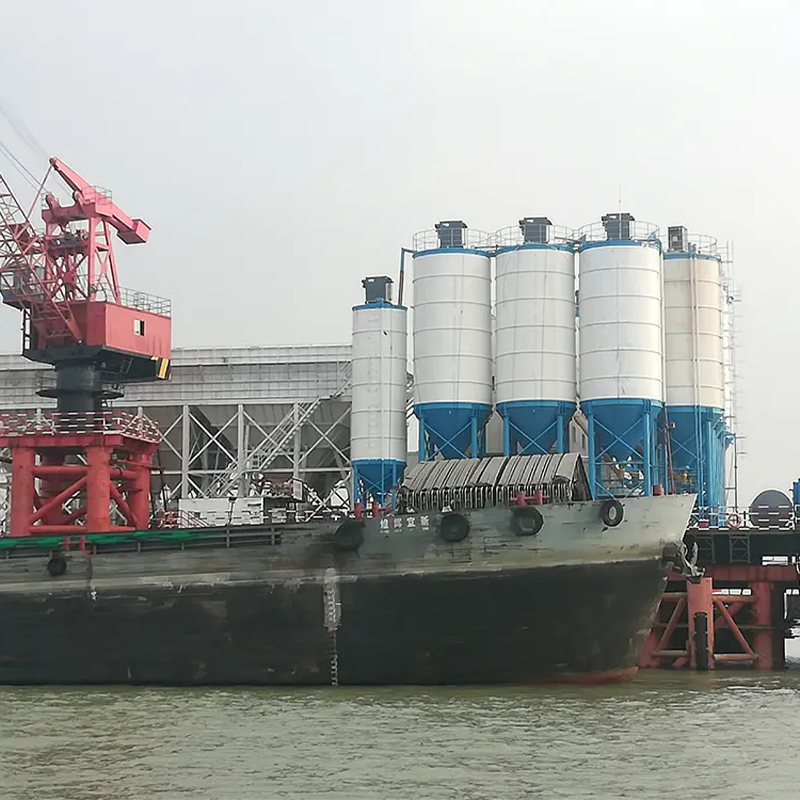Steel Mixer vs. Concrete Mixer: A Comprehensive GuideChoosing the right mixer for your project is crucial. This guide explores the differences between steel mixers and concrete mixers, helping you make an informed decision. We’ll cover their functionalities, applications, and key considerations for purchase.

Understanding Steel Mixers
What are Steel Mixers?
Steel mixers are robust machines primarily used for blending various dry and semi-dry materials. They’re commonly found in industries like chemical processing, pharmaceuticals, and food production. Unlike concrete mixers, they don’t typically handle wet materials requiring a high level of liquid content. Their design prioritizes thorough mixing and preventing material degradation. The mixing process usually involves rotating drums or paddles that combine the materials effectively. Different types of steel mixers exist, each suited for specific material characteristics and production volumes.
Types of Steel Mixers
Several types of steel mixers cater to diverse industrial needs. These include: Ribbon blenders: These utilize a central ribbon agitator that moves material both radially and axially, ensuring uniform mixing. Ideal for powders and granular materials. Double-cone mixers: These consist of two cones that rotate to create a tumbling action, effective for gentle mixing of powders and flakes. Paddle mixers: These feature paddles rotating within a stationary vessel, suitable for viscous materials.
Choosing the Right Steel Mixer
Selecting the appropriate steel mixer hinges on factors such as material properties, batch size, and desired mixing intensity. Consulting with a specialist from a reputable manufacturer like Zibo Jixiang Machinery Co.,Ltd. can ensure you choose a model perfectly suited for your needs.
Understanding Concrete Mixers
What are Concrete Mixers?
Concrete mixers are specifically designed for mixing concrete – a mixture of cement, aggregates (sand, gravel), and water. Their primary function is to combine these ingredients into a homogenous mix suitable for pouring and setting. They typically employ a rotating drum with internal blades to achieve thorough blending.
Types of Concrete Mixers
The two main categories of concrete mixers are: Drum Mixers (Tilt-Up and Non-Tilt-Up): These are the most common type and use a rotating drum to mix concrete. Tilt-up mixers allow for easy discharge of the mixed concrete. Paddle Mixers: These use paddles instead of a rotating drum. They’re generally smaller and suited for smaller-scale projects.
Choosing the Right Concrete Mixer
The ideal concrete mixer depends on the project’s scale, the frequency of use, and the desired level of automation. Factors to consider include drum capacity, motor power, and portability.
Steel Mixer vs. Concrete Mixer: A Comparison
| Feature | Steel Mixer | Concrete Mixer |
|---|---|---|
| Primary Use | Dry and semi-dry materials | Concrete |
| Material Handling | Powders, granules, pastes | Cement, aggregates, water |
| Mixing Mechanism | Ribbon, double-cone, paddle | Rotating drum, paddles |

Conclusion
Choosing between a steel mixer and a concrete mixer depends entirely on your specific application. Understanding their distinct functionalities and features is essential for making an informed decision. Remember to carefully consider your material requirements, project scale, and budget before making a purchase. For advanced guidance or specialized mixing equipment, consider contacting a reputable industrial machinery supplier.
Post time: 2025-10-13
